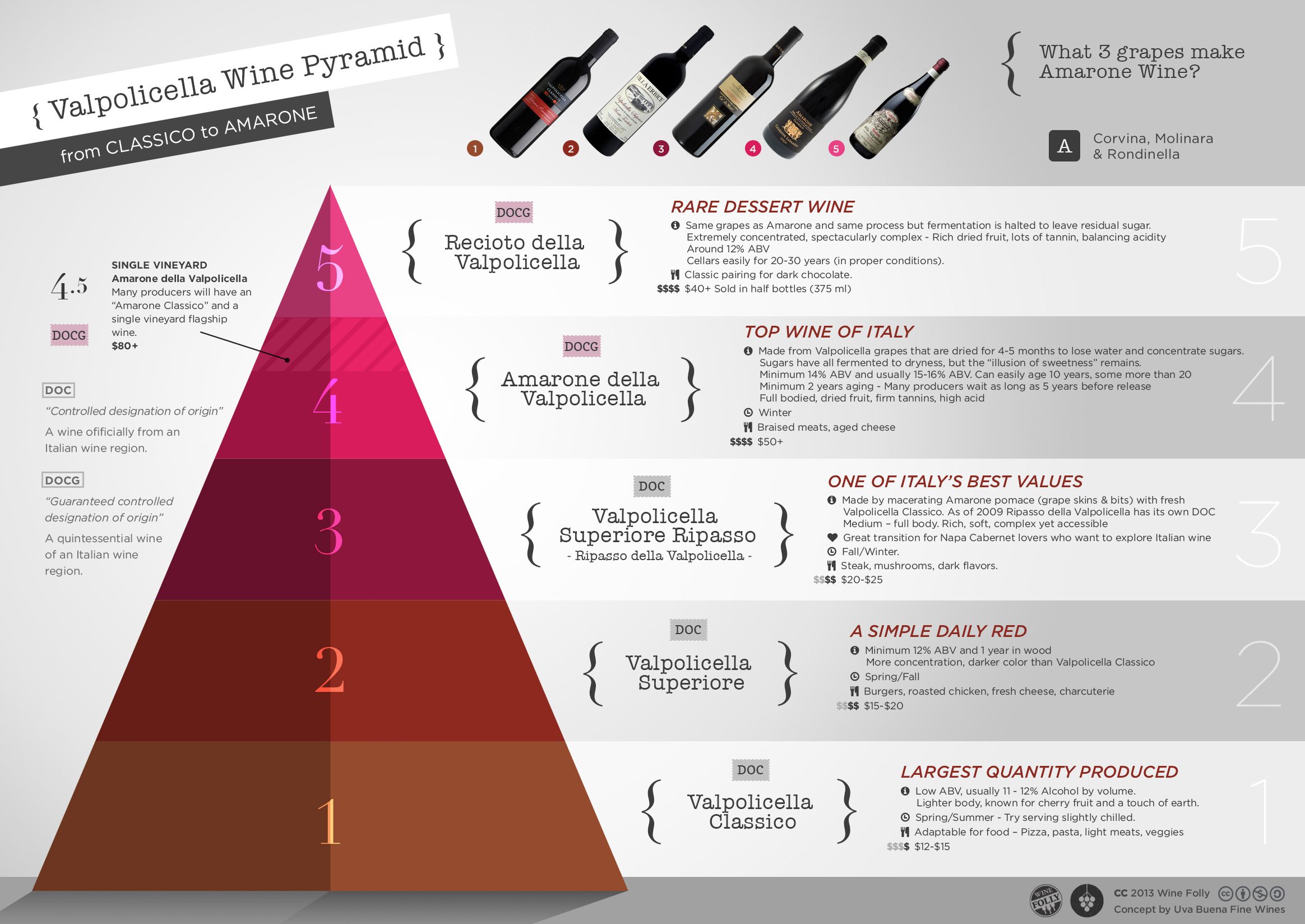Thanks for the tips!
I currently live in Sweden, where as far as I know laws surrounding food and any additives is quite strict. I don't know what it looks like where you all are from, but here it therefore states quite some nutritional facts on the packaging, among which an estimate of the sugar content.
In regards to the the sulfites and sorbates, I try to buy ecological dried fruits without sulfites as much as possible. The colour isn't always as pretty, but I hope to avoid some of the related fermentation issues by that.
The reason for the above question is twofold;
1. I read somewhere that adding too much pectic enzyme can make that the wine ages too quickly, as I plan on making drief fig wine (with some added raisin for flavour) and a dried appricot wine ( also with some raisins) I figured do would do well having some time to age at a mellow tempo.
2. I would want to exercise some control over the residual sugar as I would like to prevent back sweetening as much as possible. From what I read sugars left over after the fermentation will be much more integrated in the flavour profile than sugars added afterwards. I don't know if this is true yet though























































